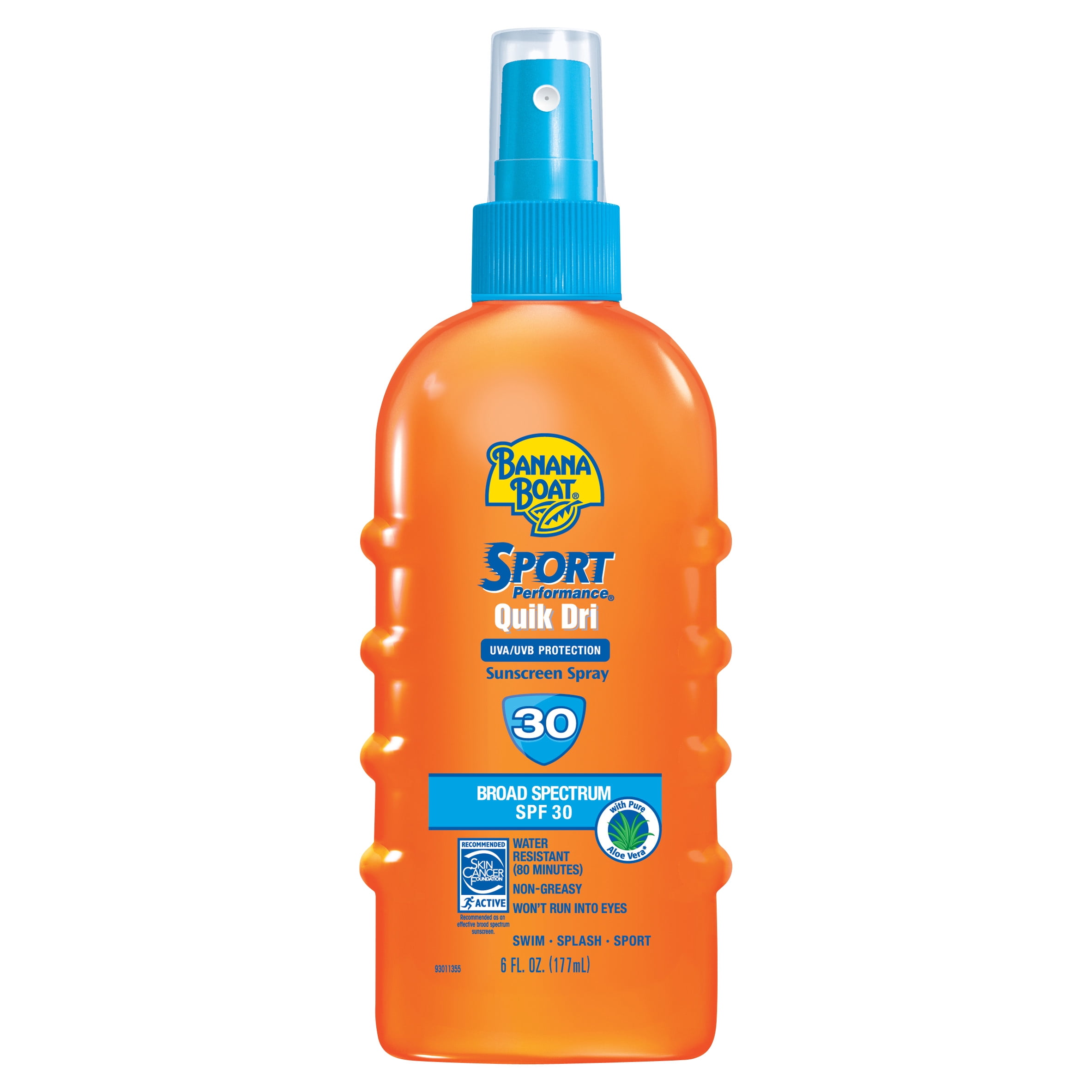
Best spray sunscreen not sticky skin#
There are currently over 200 sunscreens that meet the EWG's criteria, so if you need some help navigating the mass sunscreen market, here are some sunscreens that the experts themselves recommend.Before ordering spray sunscreen, there are three major factors to consider, including the sun protection factor (SPF), your skin type, and the controversial ingredient worth avoiding at all times. It's important to remember that the FDA does not recommend sunscreen for babies under six months old. when the sun is at its strongest, and also wear protective clothing such as rash guards, hats, and UV protection sunglasses when outside. Lakdawala recommends that, in addition to using sunscreen, children should stay out of the sun, especially between 10 a.m. "Although sprays might appeal to families with small children who don't like to sit still, it is difficult to apply enough of it to provide adequate protection, and there are also inhalation concerns," she says.ĭr. "You should ideally choose mineral-based sunscreen products containing zinc oxide or titanium dioxide, which are both considered safe and effective by the FDA," says Burns, who helps produce the EWG annual guide to sunscreens, which this year featured over 1,850 formulations, to help consumers find safer, more effective products.īurns also recommends sticking to lotions or sticks. Nikita Lakdawala, MD, a board-certified pediatric dermatologist at NYU, advises using broad spectrum sunscreen that provides UVA and UVB coverage with an SPF of 30 or higher. For babies and others with sensitive skin, the American Academy of Dermatology (AAD) recommends opting for mineral-based products. So what should you do when choosing a sunscreen? First, check the ingredients on the packaging and cross-check it with EWG's list of the safest (and most harmful) options for your family. The EWG recommends avoiding oxybenzone altogether because it is a known hormone disruptor and is associated with health issues. Some of these examples include avobenzone, oxybenzone, octocrylene, homosalate, octisalate, and octinoxate. With chemical sunscreen, the active ingredients absorb UV light and also absorb into your skin. The active ingredients are usually less irritating than chemical sunscreens, which also makes them good for sensitive skin, eczema, and skin allergies.

Mineral sunscreens are physical blockers that stay on the surface of the skin and protect it by deflecting the sun's rays. Of course, the main way to protect kids from sun exposure is by applying sunscreen, but according to Carla Burns, research analyst for the Environmental Working Group (EWG), many sunscreen products don't provide sufficient UV protection or contain potentially harmful ingredients that are best to avoid.įor starters, there are two main types of sunscreen you will find on shelves: mineral and chemical (although there are a few hybrids that contain both minerals and chemicals). In fact, according to Centers for Disease Control and Prevention (CDC), just a few serious sunburns can increase your child's risk of skin cancer later in life. Not only is getting a sunburn painful, too much sun exposure can also cause premature aging and potentially lead to skin cancer.

Best spray sunscreen not sticky full#
When summer is in full swing, your kids are likely begging to hit the pool or the beach, so it's important to protect their skin from the sun's burning rays.


 0 kommentar(er)
0 kommentar(er)
